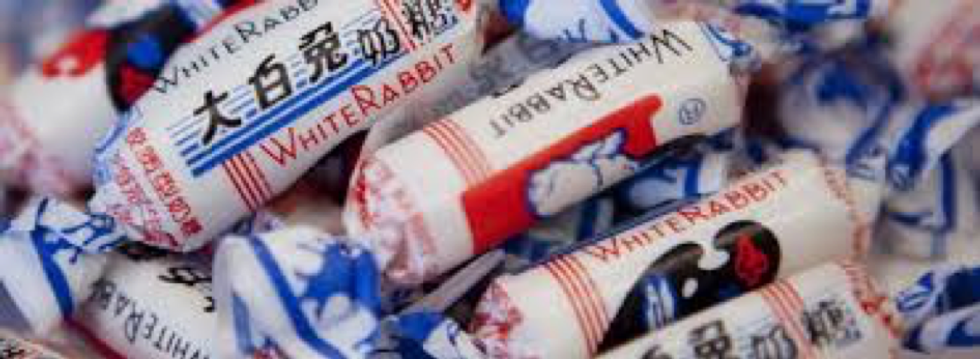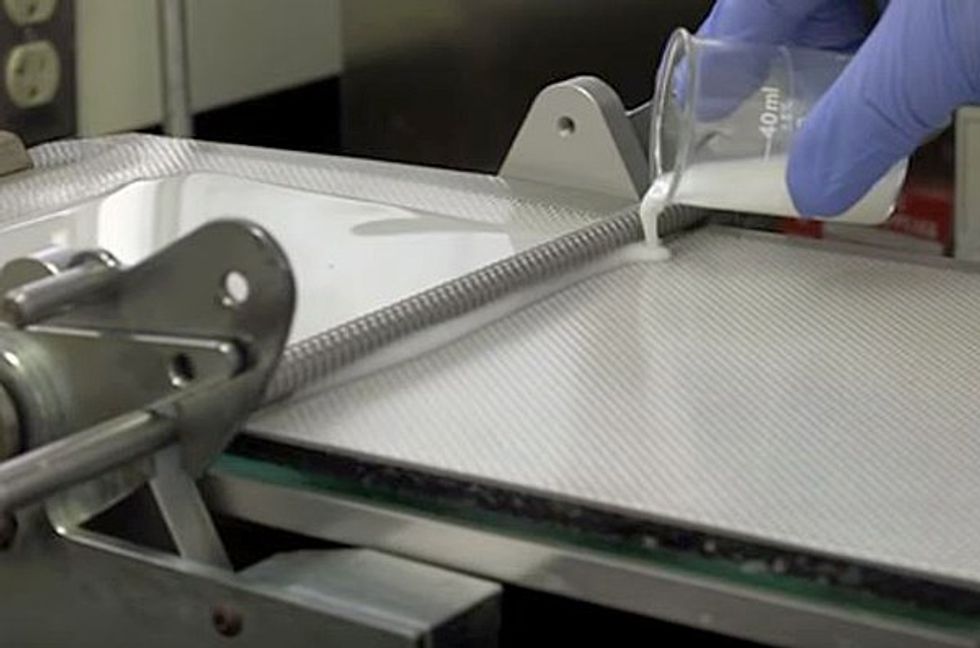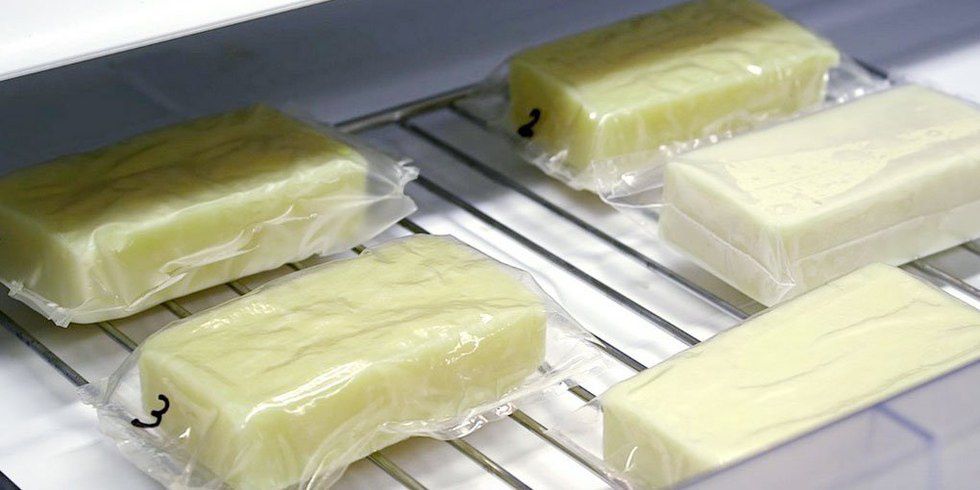If you grew up eating obscure, Asian snacks like I did, you’re probably familiar with White Rabbit candies. You know, the chewy, white candies that come in an edible wrapper? Chances are, they look somewhat familiar:
Whoever thought to package these chewy candies in a wrapper that can be eaten was actually on to something. Because as we speak, the U.S. Department of Agriculture is developing a new, edible material that could completely replace the plastic packaging used for food.
Here’s the idea: because this groundbreaking material is made from a group of milk proteins, called casein, it’s able to fully dissolve in hot water. The thin film can either be used as wrappers, or it can “be sprayed on [food] as a coating.” Sounds strange, but just think about the potential of truly biodegradable plastic.
According to Peggy Tomasula, one of the lead USDA researchers on this project, the material has an edge over other forms of edible plastic (which already exist, but they are mostly made of starch, not protein). Tomasula told Smithsonian.com that this new edible material “gives you the opportunity to add vitamins or minerals….And, you can add flavors…you can embed [flavors] in the film.”
There is a slight caveat, however, because the film may not be safe for those with a lactose allergy or sensitivity (because of the milk proteins). So the film will initially be used to package foods containing dairy, such as string cheese and pizza. But as long as there is clear labeling, this dissolving film has the potential to be used for packaging non-dairy products as well.
This is HUGE, people. Not only is this a major effort to reduce the 10.5 million tons of plastic waste produced each year, it may also be more effective at preserving certain foods. According to CNN, the material is “500 times better than plastics at keeping oxygen away from food.” The less food that goes bad, the less food that is thrown away and wasted. Basically, this product has the potential to both reduce plastic waste AND food waste. Talk about a win-win.
And unlike so many of the "too good to be true" products out there (think: the famous “Edible Water Bubble”, which also aims to reduce plastic waste), this dissolvable packaging may be coming to a store near you much sooner than you think. In fact, researchers have already begun discussing with various companies about introducing the product within the next year.
Just think—in a year, the idea of entirely edible, biodegradable packaging could very well become a reality.







 Photo by
Photo by 


 Photo by
Photo by  Photo by
Photo by  Photo by
Photo by  Photo by
Photo by  Photo by
Photo by 









